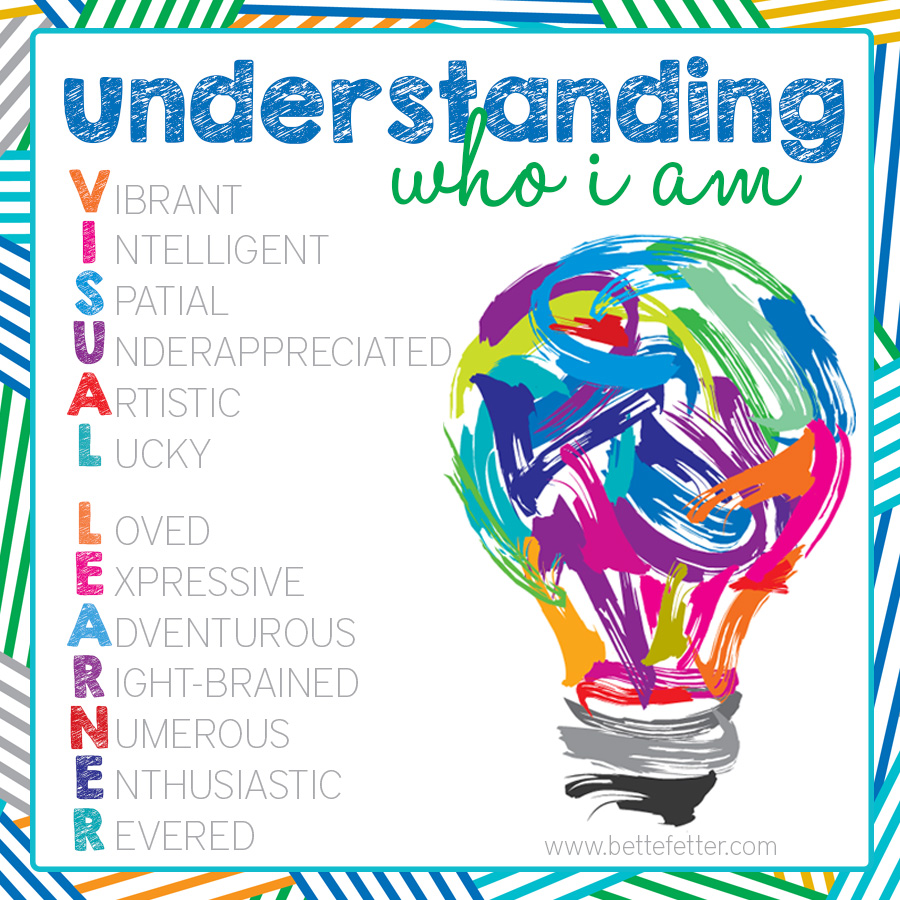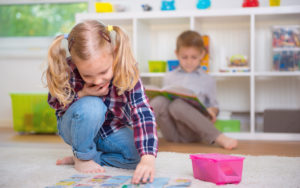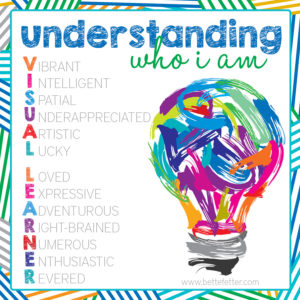

How We Learn: Visual Learning
Over the years, K2 has had the privilege and honor of educating hundreds and hundreds of children. Whether through a season of gymnastics or multiple years of pre-school, we know that each child is unique. This uniqueness applies just as much to the ways children learn as it does to their makeup. By delving deeper into the different learning styles, we can learn a little more about how to best meet their needs. The first type of learner we will discuss, in a series, will focus on our visual learners.
What is a visual learner?
According to Cornerstone University and the Social Science Research Network, almost 65% of learners are visual learners. These learners love what they can see. From PowerPoint presentations to posters giving a variety of information, from maps and graphs to displays, if they can see it, they can learn it. Because such a large percentage of the population learns best through visual displays, a lot of education and presentations are geared that way. If you asked a visual learner to describe an event, you would find a lot of details incorporated into their story with a rich description of where it took place and what the situation looked like.

How does K2 reach our visual learners?
Take a single step into our building and you will see how we are priming our students for visual learning to take place. Posters that encourage hard work or the educational theme for the month line the walls helping set expectations, but also taking first steps into the learning environment. Our classrooms have visual reminders of different procedures that are all developmentally appropriate depending on the age of the group that most often uses the space. By displaying our preschoolers’ names in a variety of places along with important components we want them to learn, maybe colors and months of the year or weather systems and parts of the plant, they receive repeated exposure to content, even in short spurts. We reinforce visual learning and boost the enthusiasm of the kids when we put their work on display as well! By providing multiple colors, both in display and for work, we are stimulating visual learning as well. Michigan State University confirms that “Providing colored pencils, pens, highlighters, utilizing flashcards, and pictures can bring lessons to life for individuals with this learning style.”

How can parents support their visual learners?
We know it may not be every homeowner’s dream to have colorful posters and childlike art plastered on their walls, but parents may consider a small part of a communal area where a poster or two can be rotated to help reinforce your child’s learning. Increase learning (and conversation) at the dinner table by picking up a few educational placemats at a teacher supply store or online and helping your student learns a few new facts each day. Look for a variety of books filled with illustrations, graphs, maps, and pictures. In purchasing books, try to find a good balance between rich illustrations and actual photographs, too. Another idea is to take time each school day or once a week to look through any work sent home with your student. By allowing them the opportunity to see their work, you are stimulating and reinforcing the neural pathways for learning.
By being considerate of all the different types of learning and by exposing children at all levels to different ways to learn information, we deepen their connection to the lessons we provide. Our educators, coaches, and support staff are deliberate and caring when it comes to every lesson and every kid. To learn more about our programs, and how we can meet your needs, contact us today.
https://www.cornerstone.edu/blogs/lifelong-learning-matters/post/your-guide-to-understanding-and-adapting-to-different-learning-styles
https://www.canr.msu.edu/news/whats_their_learning_style_part_3_visual_learners